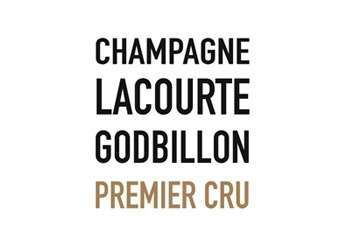In the world of futures trading, success can mean significant profits—but mistakes can be extremely costly. That’s why it’s so important to have a strategy in place before you start trading. Here are seven tips for how to proceed.
1. Establish a trade plan
The first tip simply can’t be emphasized enough: Plan your trades carefully before you establish a position. This means having not only a profit objective, but also an exit plan in case the trade goes against you.
The goal here is to minimize the possibility kamalinews you’ll need to make important decisions when you’re already in the market with money at risk. You don’t want emotions like fear and greed dictating your moves by luring you into holding onto a losing position too long or exiting a profitable position too soon.
A carefully wrought trading plan that includes risk-management tools such as stop-loss orders, which we will discuss below, or bracket orders, can help protect you from such errors. For example, say you bought one contract of December silver at $20.00 per ounce. With a bracket order, you could set a stop loss exit at $18.00 per ounce and a profit exit at $25.00 per ounce. That way, you’re attempting to limit your risk to $2 per ounce, while maintaining a profit potential of $5 per ounce.
2. Protect your positions
Committing to an exit strategy in advance can help protect you from significant contrary moves. Too many traders try to use “mental stops,” picking a price in their heads for when they will close out a position and minimize their losses. But these are too easy to ignore, even for the most disciplined traders.
To make your commitment more firm, consider trading with stop-loss orders. The idea is to decide on a bailout point first, and then set a stop at that price.
One-Triggers-Other (OTO) orders allow you to place a primary order and a protective stop at the same time. When the primary order executes, the protective stop is automatically triggered. This frees you from having to constantly watch the market, and it relieves you from having to worry about entering your stop order at the right time.
3. Narrow your focus, but not too much
Don’t spread yourself thin by trying to follow and trade too many markets. Most traders have their hands full keeping abreast of a few markets. Remember that futures trading is hard work and requires a substantial investment of time and energy. Studying charts, reading market commentary, staying on top of the news—it can be a lot for even the most seasoned trader.
If you try to follow and trade too many markets, there’s a good chance you won’t give any of them the time and attention they require. The opposite is also true—trading just one market may not be a terrific approach either. Just as diversification in the stock market has well-known benefits, there can be advantages to diversifying your futures trading, too.
4. Pace your trading
If you’re new to trading futures, don’t floor the accelerator. There’s no reason to begin trading five or 10 contracts at a time when you’re just beginning. Don’t make the beginner’s mistake of using all the money in your account to purchase or sell as many futures contracts as you absolutely can. Occasional drawdowns are inevitable, so you should avoid establishing a large position where just one or two bad trades can wipe you out financially.
Instead, start slowly with one or two contracts, and develop a trading methodology, without the added pressure that comes with managing larger positions. Tweak your trading as necessary, and if you find a style or strategy that’s working well, then consider increasing your order size.
5. Think long—and short
Trading opportunities present themselves in both rising and falling markets. It’s human nature to look for chances to buy, or “go long” the market. But if you’re not also open to “going short” in a market, you might unnecessarily limit your trading opportunities. Here’s an example: Suppose a trader believes the price of crude oil is going to fall and looks to take a position by selling December crude oil futures at the current price of $50.00 per barrel, with the hope to buy back the futures contract at a later date at a profit should the futures price fall below $50.00 per barrel.
...
















